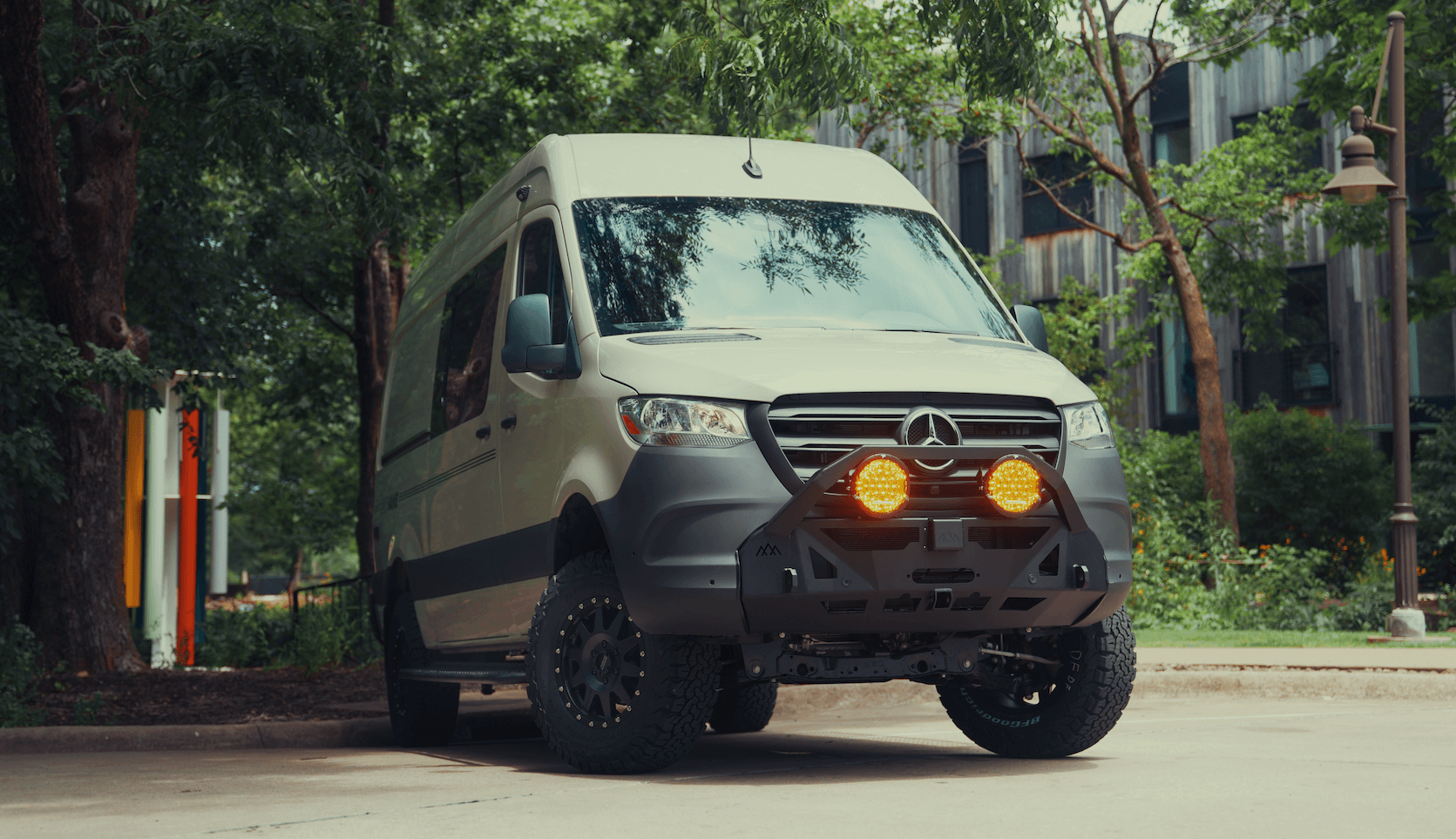Recreational Vans

The Sahara rewards patient timing. Peak heat can push daytime temperatures far beyond comfort, so most travelers target late autumn through early spring for Sahara desert van camping. Nights can be cold, even freezing at elevation, so pack layers and a reliable sleeping system. Winds often pick up in late winter, kicking fine dust across the plains, which shapes route choice and camp selection.
Morocco is the most accessible gateway for independent van travel, with established tracks and plentiful services in towns like Merzouga and Mhamid. Erg Chebbi offers iconic dunes with managed camp options near the periphery, while Erg Chigaga provides a more remote feel with longer off piste approaches. In Tunisia, well traveled routes skirt chotts and hamada, where vast stony plains make for easier driving than deep dune fields. Algeria and parts of Western Sahara involve complex permitting and often require guides, so research current regulations before crossing any checkpoints.
Wild camping is widely practiced where it is legal and considerate. Choose hardened ground away from vegetation, avoid active tracks, and give dunes room to drift. In busy zones, consider official campgrounds or guarded auberges that welcome self contained vans and provide water and basic supplies.
Aim for October through April for manageable temperatures and clearer visibility. Summer heat strains engines, tires, and people, and can turn minor issues into emergencies. Plan short driving windows around dawn and dusk to limit heat exposure.
Border zones and military areas are sensitive. Always comply with police or gendarmerie checks, keep identification handy, and ask about restricted pistes. Some countries require guides for deep desert travel. Regulations can change, so verify current rules before you go.
Soft sand rewards smooth inputs. Momentum matters, not speed. Keep engine revs stable, avoid sudden steering, and climb dunes along gentler faces. Stop on firm ground, not in bowls where sand feels like flour. Before entering soft sections, air down tires to expand the contact patch, then re inflate after you return to firmer terrain.
Carry a compact compressor, a pressure gauge, and recovery boards. A long handled shovel is worth its weight when you need a clean path for the tires. If you bog down, clear sand in front of each tire, engage traction aids, and apply gentle throttle. Spinning digs holes that grow fast.
Navigation is more than a line on a screen. Tracks shift with wind, and old wheel marks can lure you into soft blowouts. Combine GPX routes with satellite imagery and a reliable compass. A satellite messenger adds redundancy when cell service disappears, and regular check ins keep your team aligned if rigs separate.
Lower pressures transform grip in sand. Start modestly and adjust based on temperature, payload, and tire size. Reinflate once you return to gravel or pavement to protect sidewalls and maintain safe handling.
Climb along windward faces and avoid cresting blinds. Watch for slip faces and pockets of ultra fine sand. Hamada and chott surfaces can hold surprise sink spots after rain, so observe color and texture changes.
Use offline maps, GPX backups, and a paper atlas. Practice a comms plan with handheld radios for convoy travel, and carry a satellite device for emergencies.
Think of camp as a small outpost. Park nose to the wind to shield the living space. Stake shade equipment with long sand pegs, secure gear at night, and close vents during gusts. Keep a clean kitchen area to avoid attracting animals and to reduce food smells on the wind.
Water planning is non negotiable. A minimum of four liters per person per day covers drinking only, and double that supports cooking and cleaning. Fuel range should include ninety minutes of reserve beyond your planned loop. Pack sun protection, first aid, and a simple toolkit with belts, fuses, and fluids suited to heat.
Cultural respect sets the tone for a memorable journey. Dress modestly, ask before photographing people or private property, and trade fairly at roadside stalls. If invited for tea, accept with gratitude and leave no trace when you move on.
Hydrate on a schedule, not only when thirsty. Heat management starts early in the day with shade breaks and light meals. Log waypoints for water or fuel and turn around before margins shrink.
Learn basic greetings, buy local produce when possible, and keep noise down at night. Leave the site cleaner than you found it.
Planning a capable rig for Sahara desert van camping is as important as your route notes. Power management, airflow, secure storage, and durable interiors keep dust at bay and systems running when miles are rough. If you want a build that is ready for heat and sand, explore recreational vans, see our custom van build process, or review finance friendly mainstream vans.
A final note for safety. Double check forecasts, log your exit points, and treat local guidance as gold. The Sahara is vast, beautiful, and humbling. Preparation turns risk into adventure.
If your next chapter includes dunes, salt flats, and long desert horizons, we can build the van that carries you there. OZK Customs designs and builds recreational adventure vans tailored for off grid travel, with layouts, power systems, cooling solutions, and storage that perform in sand and heat. Share your goals and we will spec the right platform and upfit to match your route and timeline. Submit the form and let us get your desert ready van on the calendar.
Ready to build a van that thrives in heat, sand, and long off grid miles? Talk with OZK Customs about a purpose built recreational van for your desert objectives. Submit the form and we will map your goals, recommend proven packages, and schedule your build.
ADDRESS:
6159 E Huntsville Rd, Fayetteville, AR 72701
PHONE:
(479) 326-9200
EMAIL:
info@ozkvans.com